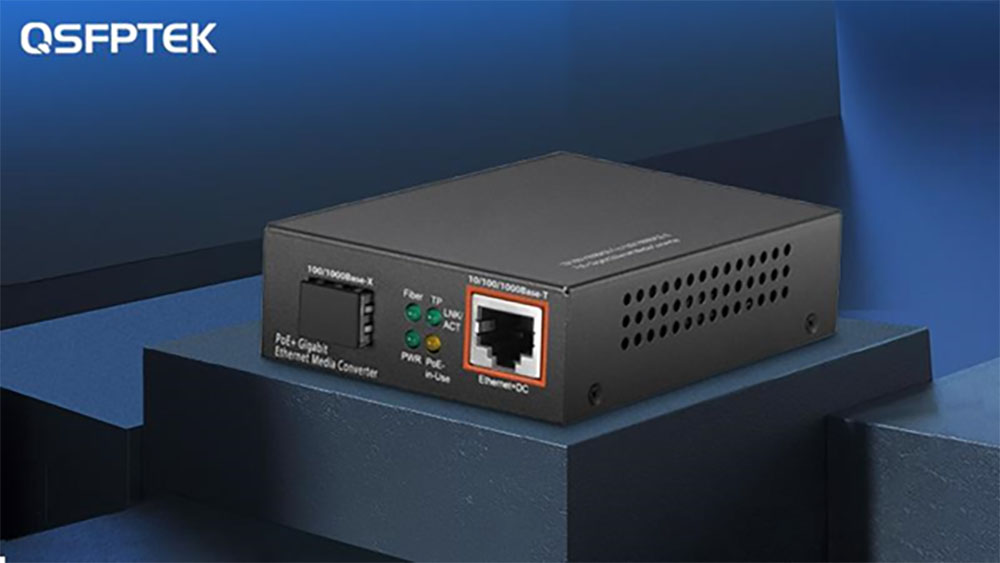A fiber media converter is a simple networking device that can connect copper cable with fiber optic cabling. It widely used in data transmission to small enterprise customers for realizing copper-to-fiber or fiber-to-fiber connections. This article will introduce common media converter types and how to use them.
What’s Fiber Media Converter
Optical media converters are transmission media that connect two different media types. Typically, it is a device that converts electrical signals used in copper Unshielded Twisted Pair (UTP) network cabling to light waves used in fiber optic cabling, and vice versa. Known as a copper-to-fiber media converter, this fiber-optic media converter provides an easy way to introduce fiber into a LAN without removing existing copper wiring or changing copper-based switches. In addition, there is another fiber optic media converter that supports fiber-to-fiber conversion, which provides the connection between dual-fiber and single-fiber or between multi-mode fiber and single-mode fiber. Fiber-to-fiber media converters also provide a cost-effective solution for wavelength conversion in wavelength division multiplexing (WDM) applications (also known as oeo).
Types of Fiber Media Converters
Managed VS Unmanaged
The managed fiber optic converter has the functions of FEF, LFP and remote management. It helps network administrators to monitor and manage the network easily. However, unmanaged fiber media converters allow simple communication with other devices and do not have the monitoring and management capabilities that managed fiber media converters do.
Copper-to-Fiber Media Converter VS Fiber-to-Fiber Media Converter
Base on media types, fiber media converters can be devided into copper-to-fiber media converter and fiber-to-fiber media converter.
Selection Guide of Fiber Media Converters
Appropriate optical media converters can provide sufficient functions for expanding the network while reducing equipment procurement costs. There are few points to consider when choosing fiber optic media converters for your network:
Chips for fiber optic media converters should work in both full-duplex and half-duplex modes. You should know that some switches and HUBs may operate in half-duplex mode. When the fiber media converter only supports full-duplex mode, it may cause serious conflicts and data loss.
Optical media transceivers should support ALS\LFP\FEF functions. The performance of transceivers without these functions is lagging behind.
Temperature measurements are also required to ensure the proper operation of fiber optic media converters. This is because fiber optic media converters may not work properly in high temperature environments. Therefore, it is very important to know exactly its operating temperature.
Optical media converters should comply with the IEEE802.3 standard.
It is necessary to confirm whether the power type is AC or DC, and what is the maximum power consumption.
Summary
For media converter consultation, check the above copper to fiber conversion, multimode to single-mode conversion solution to choose a matching model. Or you’re welcome to consult our expert via live chatbox. If our sale is not online, you can contact us via QSFPTEK.com.


